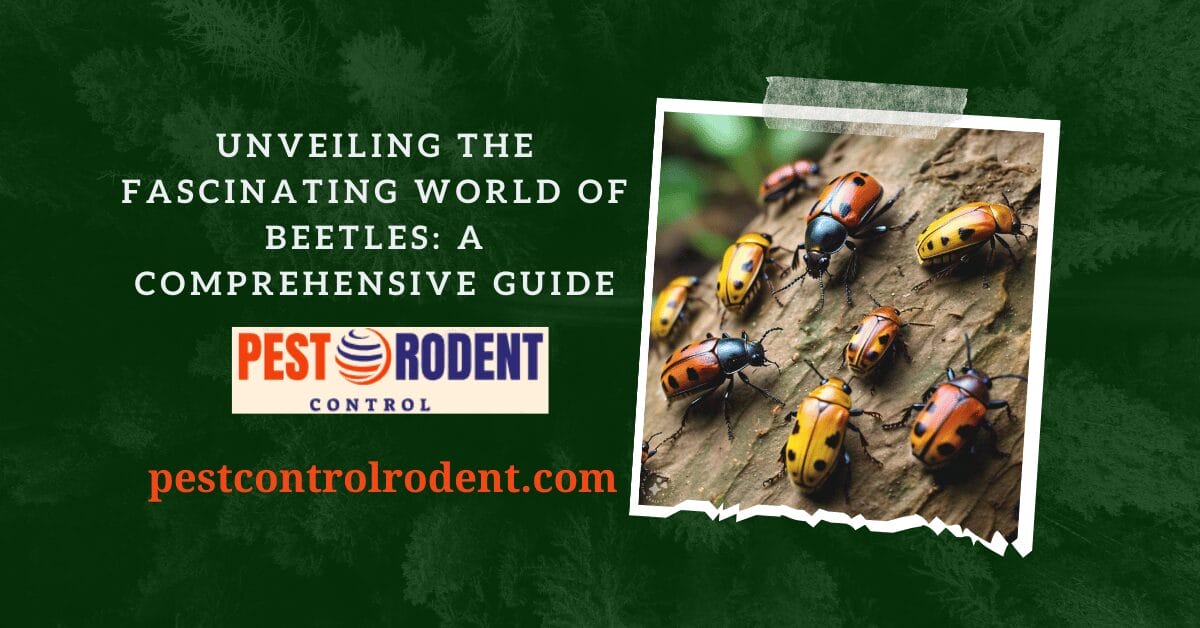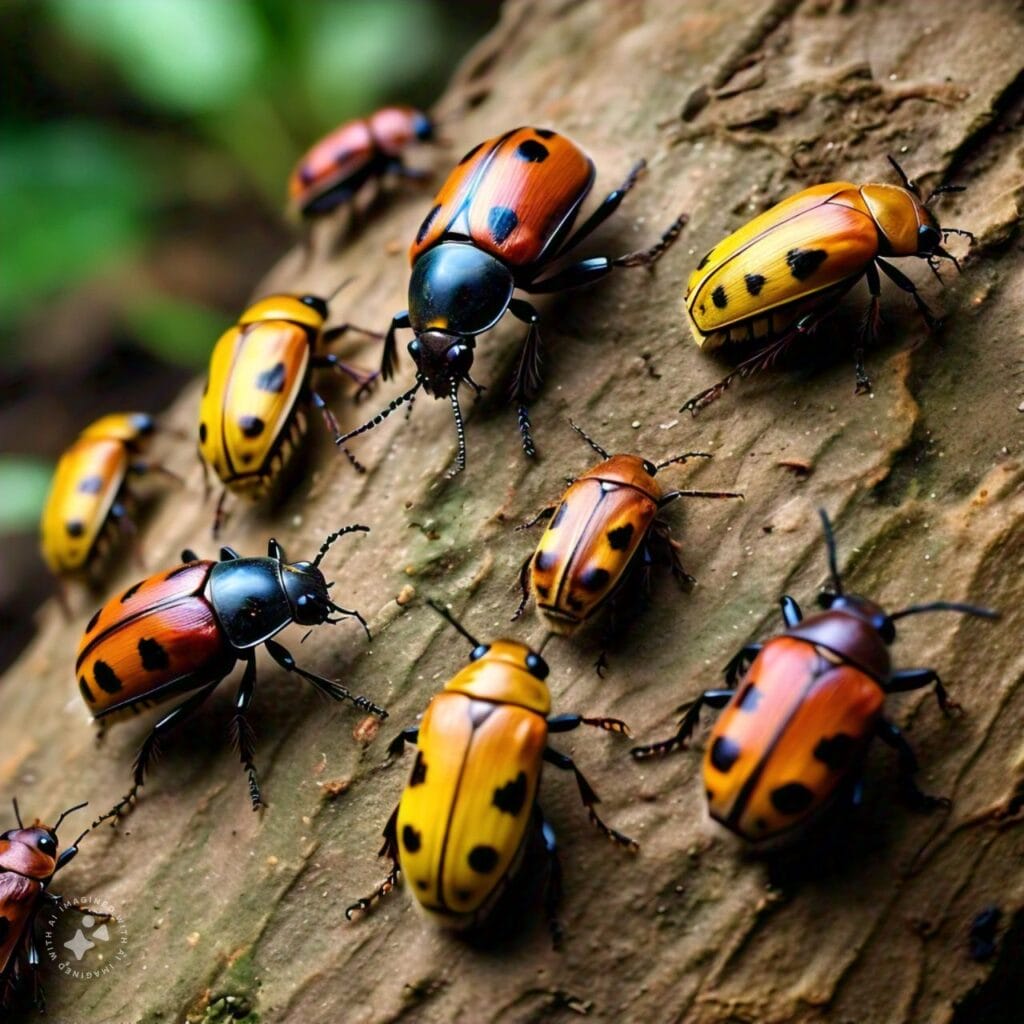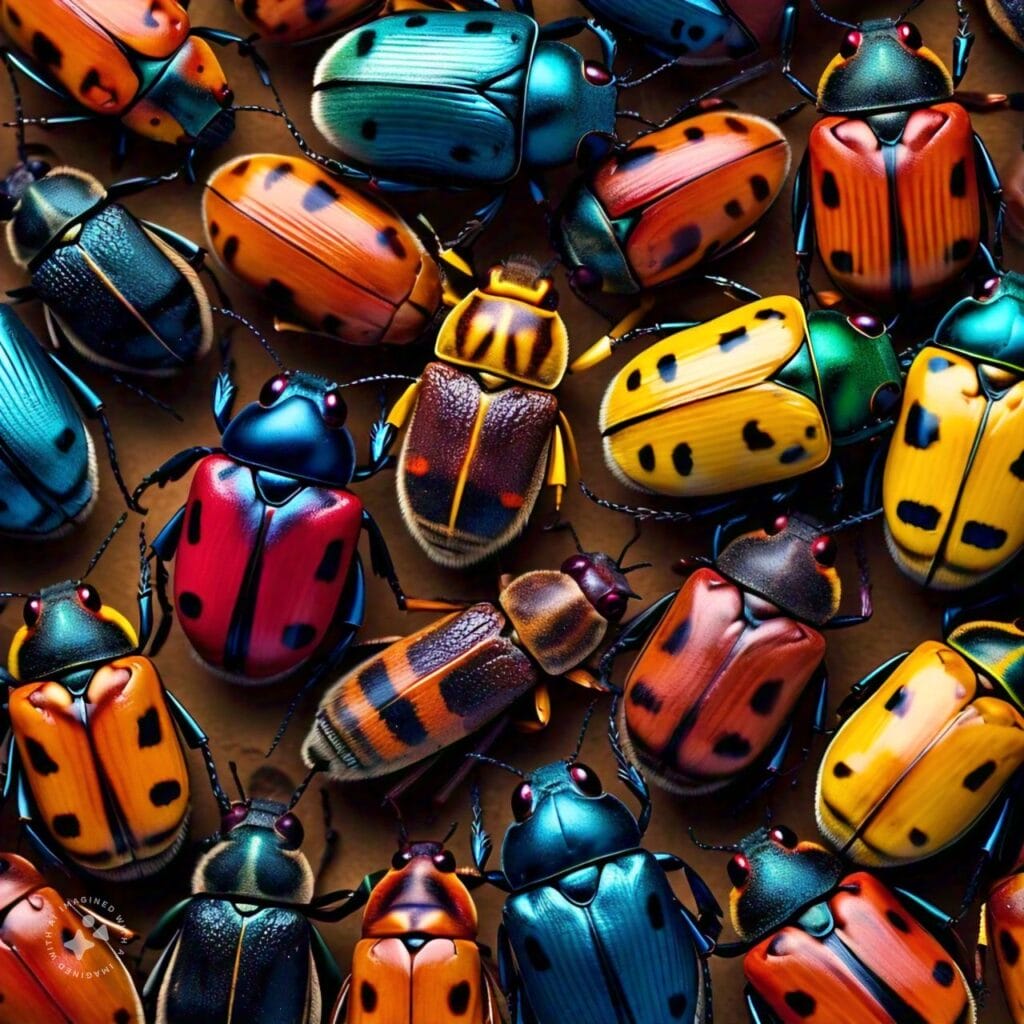Unveiling the Fascinating World of Beetles: A Comprehensive Guide

Unveiling the Fascinating World of Beetles: A Comprehensive Guide
Beetles, one of the most diverse groups of insects on the planet, are known for their remarkable adaptability, intriguing behaviors, and striking physical characteristics. From the enchanting fireflies that light up summer nights to the formidable stag beetles with their imposing mandibles, beetles exhibit a remarkable array of shapes, sizes, and lifestyles. In this comprehensive guide, we delve into the intriguing world of beetles, exploring their biology, ecological roles, and captivating diversity.
The Diversity of Beetles
Beetles belong to the order Coleoptera, which is the largest order in the animal kingdom, comprising over 300,000 known species. In fact, beetles make up around 40% of all insects, highlighting their incredible diversity and abundance. These fascinating creatures come in an astonishing array of shapes, sizes, and colors, ranging from the tiny featherwing beetles that measure just 0.25 mm in length to the massive titan beetle, which can reach lengths of up to 6 inches.
- Beetles display a wide range of adaptations that allow them to thrive in diverse habitats, from the depths of the ocean to the highest mountain peaks.
- Their hard exoskeleton, known as elytra, provides protection and enables flight in many species.
- Beetles have diverse feeding habits, with some species being herbivorous, others predatory, and some even parasitic.

Life Cycle of Beetles
The life cycle of a beetle typically consists of four stages: egg, larva, pupa, and adult. Each stage plays a crucial role in the beetle’s development and survival, showcasing the remarkable resilience and adaptability of these insects.
Egg Stage
During the egg stage, female beetles lay their eggs in a variety of locations, depending on the species. Some beetles lay their eggs on plant leaves, while others deposit them in decaying matter or burrow them into the ground. The number of eggs laid can vary significantly, from just a few to thousands, depending on the species.
Larva Stage
The larval stage is characterized by rapid growth and development, as the larvae feed voraciously to fuel their transformation into adults. Beetle larvae exhibit a diverse range of morphologies, with some resembling grubs, caterpillars, or worms, depending on their species and ecological niche.
Pupa Stage
During the pupa stage, the larvae undergo a profound metamorphosis, transforming into the familiar adult beetle form. This stage is marked by dramatic changes in body structure, including the development of wings, elytra, and other adult features.
Adult Stage
Upon emerging from the pupa, the adult beetle begins its quest for food, mates, and suitable habitats. Adult beetles play crucial roles in ecosystems, contributing to pollination, seed dispersal, and nutrient recycling.
Ecological Importance of Beetles
Beetles play vital roles in ecosystems worldwide, serving as pollinators, decomposers, predators, and prey. Their diverse feeding habits and ecological interactions make them essential components of many food webs, contributing to the stability and diversity of natural systems.
- Pollination: Many beetle species, such as flower beetles and dung beetles, are important pollinators, facilitating the reproduction of flowering plants.
- Decomposition: Beetles are efficient decomposers, breaking down organic matter and recycling nutrients back into the soil, which is crucial for ecosystem health.
- Pest Control: Predatory beetles feed on a variety of pest insects, helping to regulate populations and reduce crop damage without the use of harmful chemicals.
- Indicator Species: Some beetle species are sensitive to environmental changes, making them valuable indicators of ecosystem health and biodiversity.

Notable Beetle Species
Ladybugs
Ladybugs, also known as ladybirds or ladybird beetles, are iconic insects known for their striking red and black coloration and charming spotted patterns. These beneficial beetles are voracious predators of aphids and other plant pests, making them valued allies in gardens and agricultural fields.
Rhinoceros Beetles
Rhinoceros beetles are named for their prominent horn-like structures, which adorn the heads of males and are used in combat and mate competition. These impressive beetles are among the largest in the world, with some species reaching lengths of up to 6 inches.
Ground Beetles
Ground beetles are a diverse group of beetles that inhabit terrestrial habitats worldwide, from forests and grasslands to urban environments. These predatory beetles are valued for their role in controlling pest populations and maintaining ecosystem balance.
Bess Beetles
Bess beetles, also known as patent leather beetles, are intriguing insects characterized by their sociable behavior and parental care. These beetles live in family groups, with adults caring for larvae and communicating through hissing sounds.
Threats to Beetle Populations
Despite their incredible diversity and ecological importance, beetles face a range of threats that endanger their populations and habitats. Habitat loss, pollution, climate change, and invasive species are significant challenges that pose risks to beetle diversity worldwide. Conservation efforts and sustainable practices are crucial for safeguarding beetle populations and preserving their vital roles in ecosystems.
“The diversity and resilience of beetles are a testament to the remarkable adaptability of insects in the face of environmental challenges.”
Connecting with the World of Beetles
Engaging with the captivating world of beetles can be a rewarding and educational experience for individuals of all ages. Whether through observing live specimens, participating in citizen science projects, or learning about beetle biology and behavior, there are endless opportunities to discover the fascinating lives of these remarkable insects.
From the jewel-like colors of tiger beetles to the intricate patterns of weevils, beetles are a source of wonder and inspiration for nature enthusiasts and scientists alike. By exploring the diverse forms and functions of beetles, we gain a deeper appreciation for the complexity and beauty of the natural world.
In conclusion, beetles are a diverse and fascinating group of insects that play essential roles in ecosystems worldwide. Their remarkable adaptations, ecological interactions, and captivating beauty make them valuable subjects for study and conservation. By learning more about beetles and their significance, we can cultivate a deeper understanding of the interconnectedness of all living organisms and the delicate balance of nature.
So, next time you encounter a beetle on your doorstep or in your garden, take a moment to marvel at the intricate designs of its exoskeleton, the graceful movements of its antennae, and the vital role it plays in the web of life. The world of beetles awaits your exploration – dive in and discover the wonders that lie beneath the surface of this remarkable insect order.






